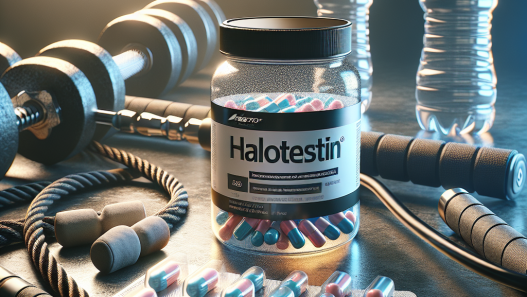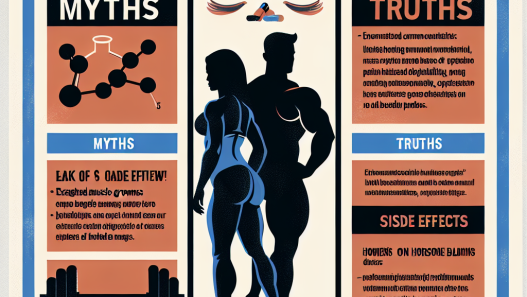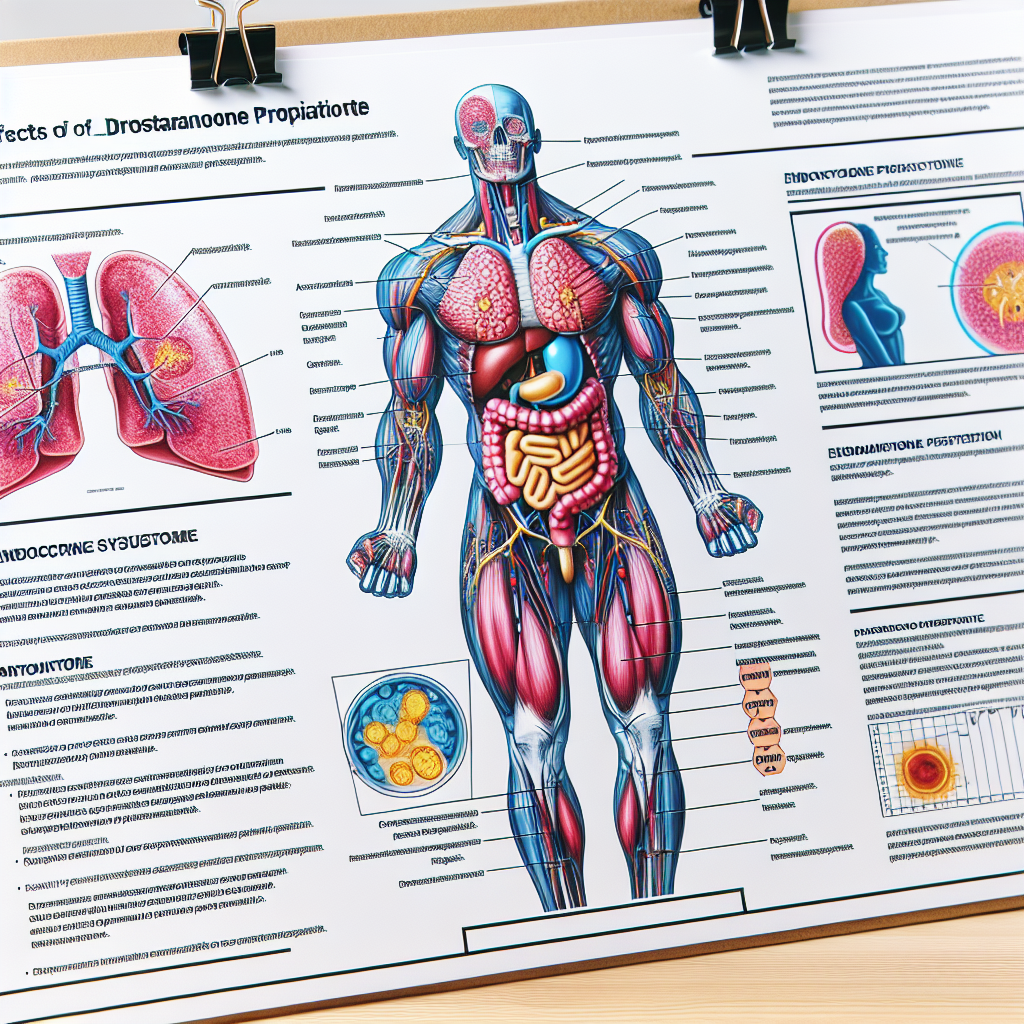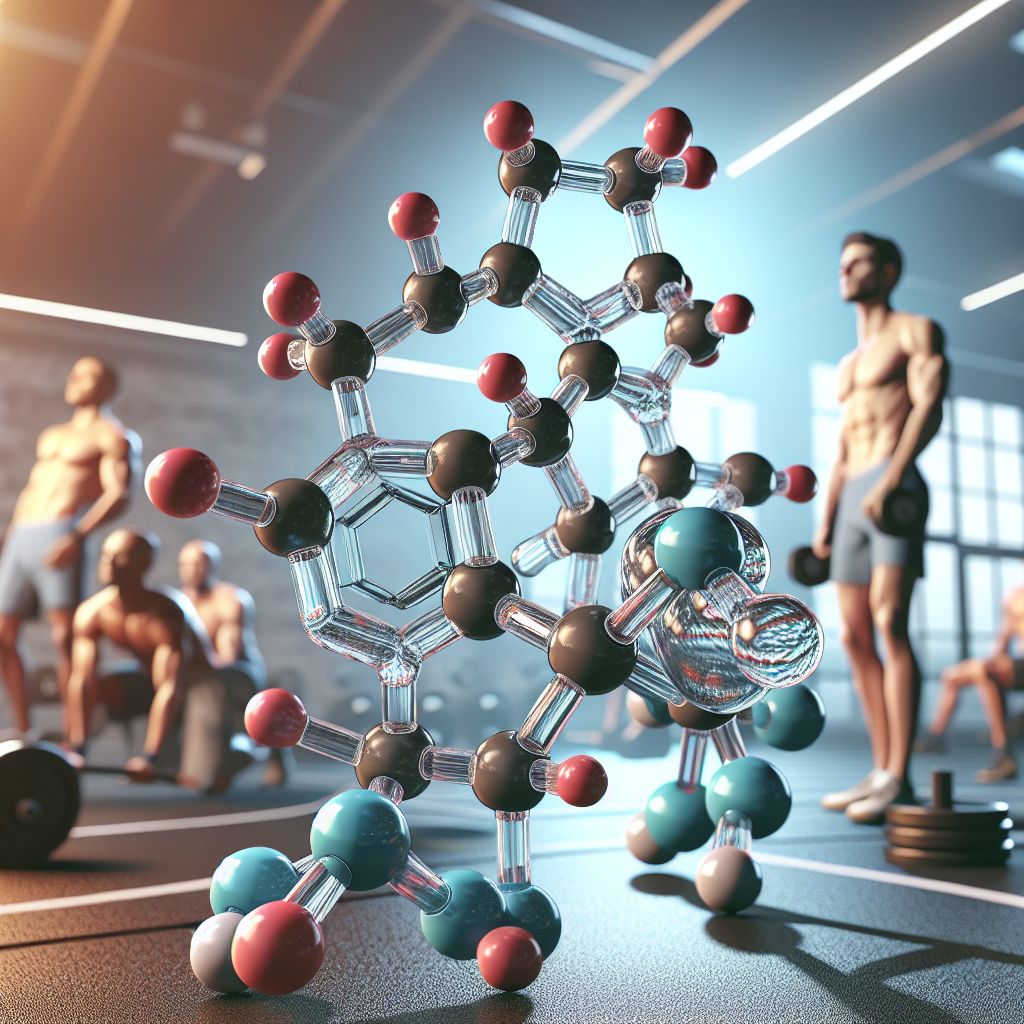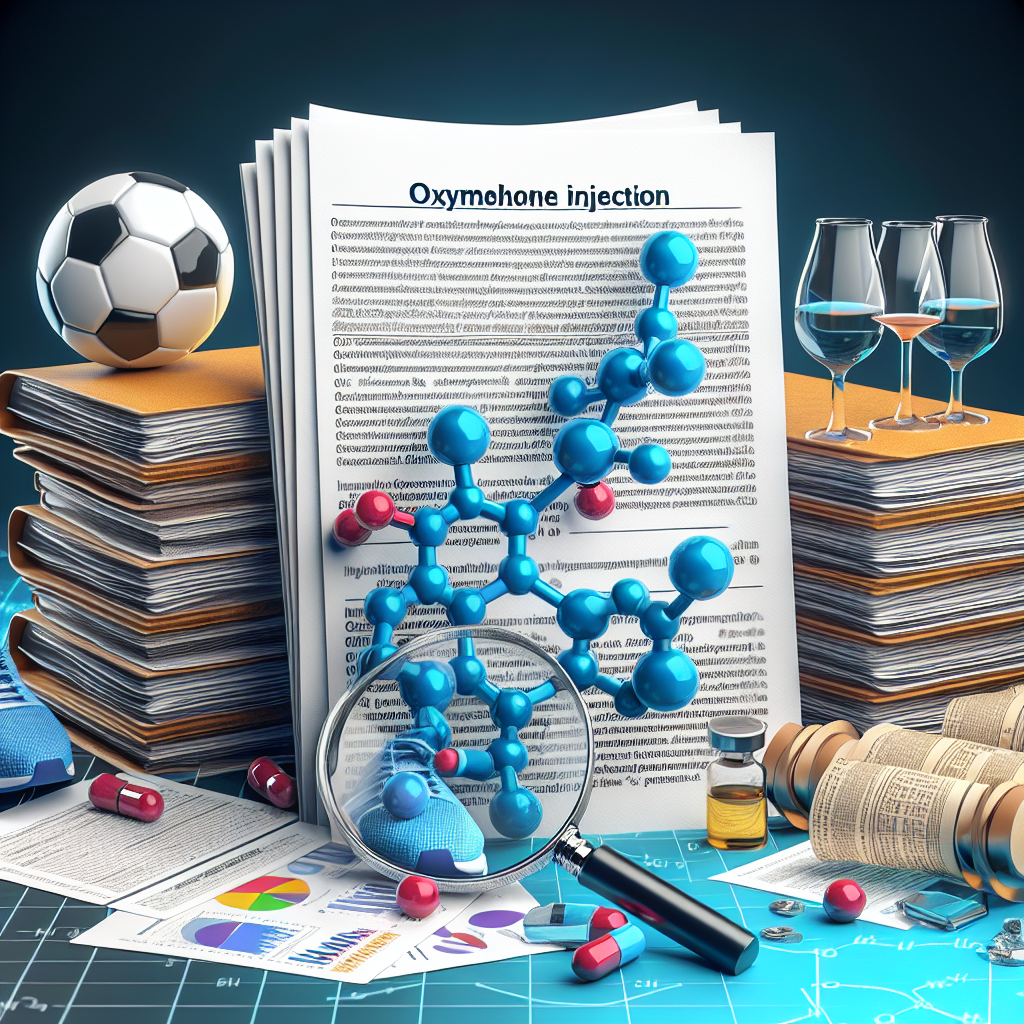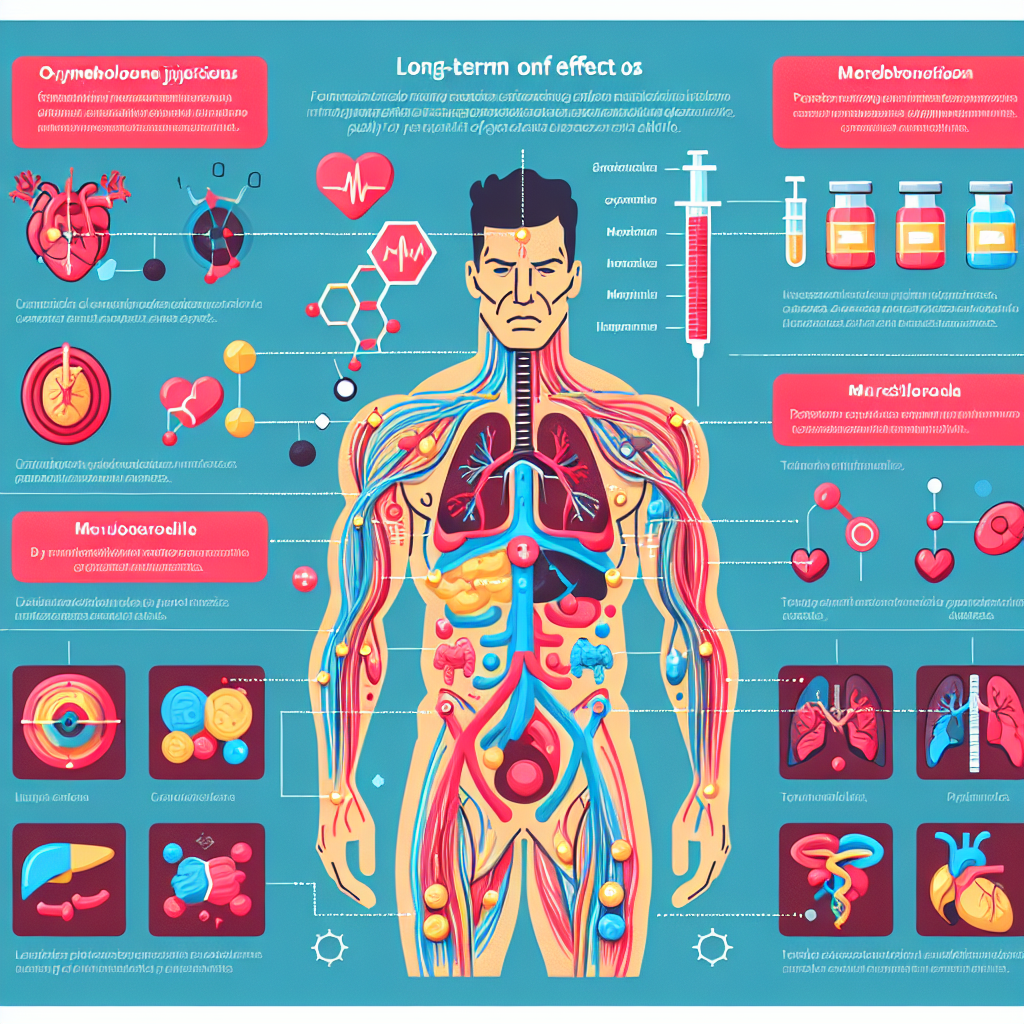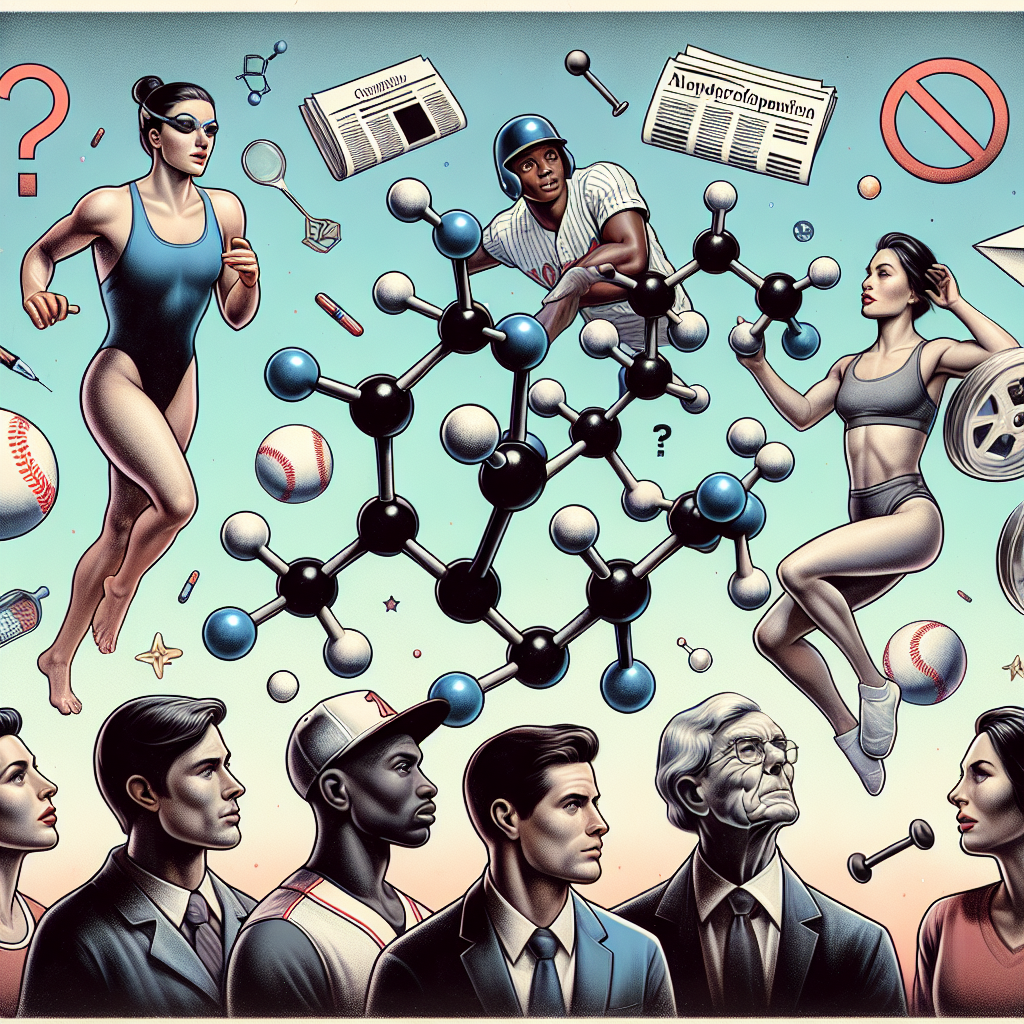-
Table of Contents
- The Effects of Drostanolone Propionate on Athletes’ Endocrine System
- Pharmacokinetics of Drostanolone Propionate
- Pharmacodynamics of Drostanolone Propionate
- Effects on Hormone Levels
- Suppression of Natural Hormone Production
- Reproductive System Damage
- Real-World Examples
- Expert Opinion
- Conclusion
- References
The Effects of Drostanolone Propionate on Athletes’ Endocrine System
Drostanolone propionate, also known as Masteron, is a synthetic anabolic androgenic steroid (AAS) that has gained popularity among athletes and bodybuilders for its ability to enhance muscle mass and strength. However, like all AAS, drostanolone propionate can have significant effects on the endocrine system, which is responsible for regulating hormone production and balance in the body. In this article, we will explore the pharmacokinetics and pharmacodynamics of drostanolone propionate and its impact on the endocrine system of athletes.
Pharmacokinetics of Drostanolone Propionate
Drostanolone propionate is a modified form of dihydrotestosterone (DHT), a naturally occurring hormone in the body. It is administered via intramuscular injection and has a half-life of approximately 2-3 days (Kicman, 2008). This means that it stays in the body for a relatively short period, requiring frequent injections for sustained effects.
After administration, drostanolone propionate is rapidly absorbed into the bloodstream and binds to androgen receptors in various tissues, including muscle, bone, and the central nervous system (Kicman, 2008). It is then metabolized in the liver and excreted in the urine. The majority of drostanolone propionate is excreted within 24 hours, with only a small amount remaining in the body for up to 2 weeks (Kicman, 2008).
Pharmacodynamics of Drostanolone Propionate
The primary pharmacological effect of drostanolone propionate is its ability to bind to androgen receptors and stimulate protein synthesis, leading to increased muscle mass and strength (Kicman, 2008). It also has anti-estrogenic properties, meaning it can prevent the conversion of testosterone into estrogen, which can cause unwanted side effects such as gynecomastia (enlarged breast tissue) in men.
However, drostanolone propionate also has significant effects on the endocrine system, which can have both short-term and long-term consequences for athletes. These effects include alterations in hormone levels, suppression of natural hormone production, and potential damage to the reproductive system.
Effects on Hormone Levels
Drostanolone propionate can cause a significant increase in testosterone levels, which can lead to improved muscle mass and strength. However, it can also cause a decrease in levels of other hormones, such as luteinizing hormone (LH) and follicle-stimulating hormone (FSH), which are responsible for stimulating the production of testosterone and sperm in the testes (Kicman, 2008). This can result in a hormonal imbalance and potentially lead to adverse effects on the reproductive system.
Suppression of Natural Hormone Production
One of the most significant concerns with the use of drostanolone propionate is its ability to suppress the body’s natural production of hormones. This is because the body recognizes the presence of exogenous (external) testosterone and reduces its own production to maintain a balance (Kicman, 2008). This can lead to a decrease in testosterone levels and potentially cause a range of side effects, including decreased libido, erectile dysfunction, and infertility.
Reproductive System Damage
The use of drostanolone propionate has been linked to potential damage to the reproductive system, particularly in men. Studies have shown that long-term use of AAS can cause testicular atrophy (shrinkage of the testicles) and a decrease in sperm production, leading to infertility (Kicman, 2008). In some cases, this damage may be irreversible, even after discontinuing the use of drostanolone propionate.
Real-World Examples
The effects of drostanolone propionate on the endocrine system have been observed in numerous real-world examples. In 2012, the International Olympic Committee (IOC) reported that a number of athletes had tested positive for drostanolone propionate during the London Olympics (The Guardian, 2012). This highlights the prevalence of AAS use among elite athletes and the potential consequences it can have on their endocrine system.
In another study, researchers found that the use of drostanolone propionate in male bodybuilders led to a significant decrease in LH and FSH levels, as well as a decrease in sperm count and motility (Kicman, 2008). This demonstrates the potential impact of drostanolone propionate on the reproductive system and the importance of considering the long-term effects of AAS use.
Expert Opinion
According to Dr. Harrison Pope, a leading expert in the field of sports pharmacology, the use of drostanolone propionate and other AAS can have significant effects on the endocrine system, particularly in young athletes (Pope, 2017). He emphasizes the importance of educating athletes about the potential risks of AAS use and the need for more research in this area to better understand the long-term consequences.
Conclusion
In conclusion, drostanolone propionate is a powerful AAS that can have significant effects on the endocrine system of athletes. While it can enhance muscle mass and strength, it also has the potential to cause hormonal imbalances, suppress natural hormone production, and damage the reproductive system. It is crucial for athletes to understand the risks associated with AAS use and to consider the long-term consequences before using these substances.
References
Kicman, A. T. (2008). Pharmacology of anabolic steroids. British Journal of Pharmacology, 154(3), 502-521.
Pope, H. G. (2017). The endocrine system and performance-enhancing substances. In Performance-Enhancing Substances in Sport and Exercise (pp. 97-116). Routledge.
The Guardian. (2012). London 2012: IOC reveals 23 athletes tested positive in retests from Beijing. Retrieved from https://www.theguardian.com/sport/2012/jul/24/london-2012-ioc-23-athletes-positive-retests-beijing

